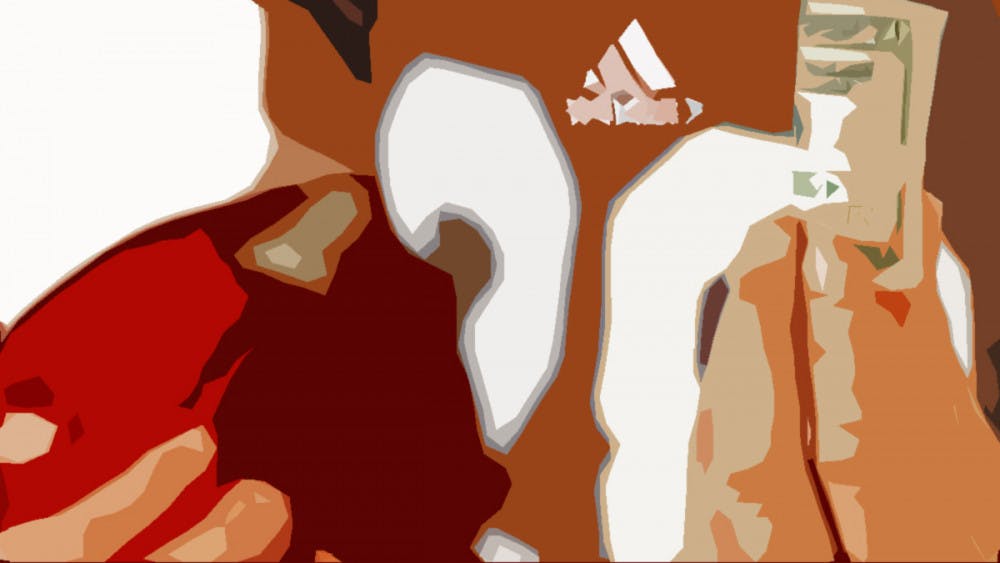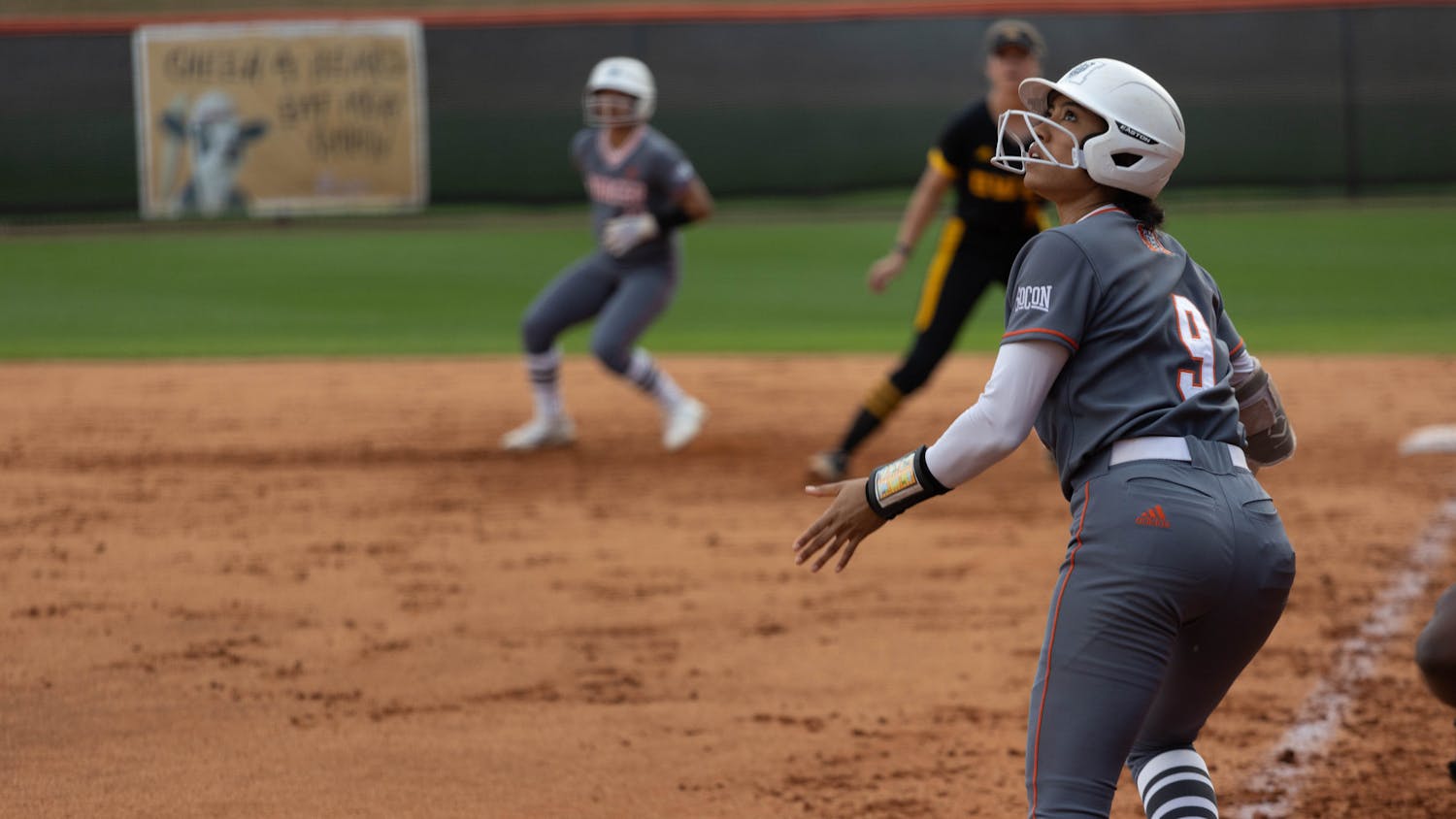On Jan. 19, American sportscaster and radio host Dan Partick aired information from one of his sources.
“You literally had bag men,” he said on the Dan Patrick Show. “They put the cash in McDonald's bags and handed it to the recruits. My source said they were so in your face with this — they weren't even trying to hide it. And that's where my source said: ‘Tennessee got sloppy. Georgia has gotten sloppy.' But there's been no word on the NCAA looking at Georgia. But Tennessee, they got sloppy, and they were handing out cash in McDonald's bags.”
The NCAA was already investigating the University of Tennessee for possible violations, and it’s not the first time that a school has been investigated and convicted of illegal recruiting tactics.
In 2015, the University of Louisville's men’s basketball team was stripped of their NCAA basketball championship after the NCAA learned that the ex-Assistant Coach Andre McGee paid strippers to attend around two dozen parties from 2010-2014 in order to sway recruits over to Louisville.
In 2014, the University of North Carolina had a cheating scandal in which athletes received automatic grades and fake classes on their transcripts in order to retain eligibility to play, which would have been stripped if their GPA fell below a 2.0.
These types of scandals go back even further, but recounting each experience won’t do anything without explaining why this keeps happening.
The NCAA is a corporation, college sports are a business, and the players are employees. The players, however, are not your typical paid employees.
They don’t earn wages in a normal sense. They are paid in scholarships, housing and meal plans with the promise of a fulfilling education for the millions of dollars they rake in for their universities and colleges. Athletes also risk their health on the field in exchange for this education.
According to a study by the National Bureau of Economic Research, “only 7% of the revenue generated by the National Collegiate Athletic Association — more than $8 billion annually — finds its way to football and men's basketball players through scholarships and living stipends.”
That same study suggests that football players could earn $360,000 per year and basketball players could earn nearly $500,000 if more renowned conferences split revenue 50-50 with players.
Now, it’s not as cut and dry as splitting things 50-50 with players.
The problem arises at the fact that players should not be paid directly by schools. Larger schools would promise players thousands if not hundreds of thousands of dollars. This means the current talent gap — most prominently found in football — would only continue to widen.
There are several solutions that can and should be done that will surely ease the plight of many players.
Of course, lawsuits filed by former college players, such as former University of Wisconsin basketball player Nigel Hayes, have prompted action on Capitol Hill to support players.
The College Athletics Bill of Rights, introduced by Senators Cory Booker (D-NJ) and Richard Blumenthal (D-CT) Dec. 17, 2020, was designed to get players their safety and money.
The bill would allow athletes to earn from the profits their division makes once their scholarships are deducted.
According to Sportsnation, the bill only pertains to sports where revenue generated exceeds scholarships costs across the entire division. Only football, men’s and women’s basketball and baseball meet that requirement.
The College Athletics Bill of Rights is also designed to give students extended healthcare that would provide coverage for five years following their eligibility, according to Sportsnation.
Another name, image and likeness bill was brought before Congress in January, and though this College Athletics Bill of Rights was proposed, it has not been voted on.
While the bill is a definite step in the right direction, there are still issues that cannot be ignored.
The bill only covers the funds and healthcare of scholarship players, but walk-on players still participate with the team in the exact same ways. Walk-on players should be paid at a much lower rate but still paid nonetheless for the physical labor they do for the school.
There’s also the issue of recruiting becoming even harder for smaller schools as players might not be able to get the exposure — and therefore endorsements — at the non-Power Five level.
Obviously, it’s not easy to design a system where players can get paid and still be student-athletes. It’s also naive to suggest that amateurism can still be maintained in an $8 billion industry.
Players deserve to be paid, and hopefully, the NCAA and the United States move in that direction when it comes time to vote.
Keith Holmes Jr. ‘22 is a journalism and creative writing double major who has worked with The Cluster as general staff since his Sophomore year. Keith has received Best in SNO awards for his sports articles along with years of work at Mercer’s ESPN3 branch. Keith spends his free time playing video games and writing fiction around campus.





